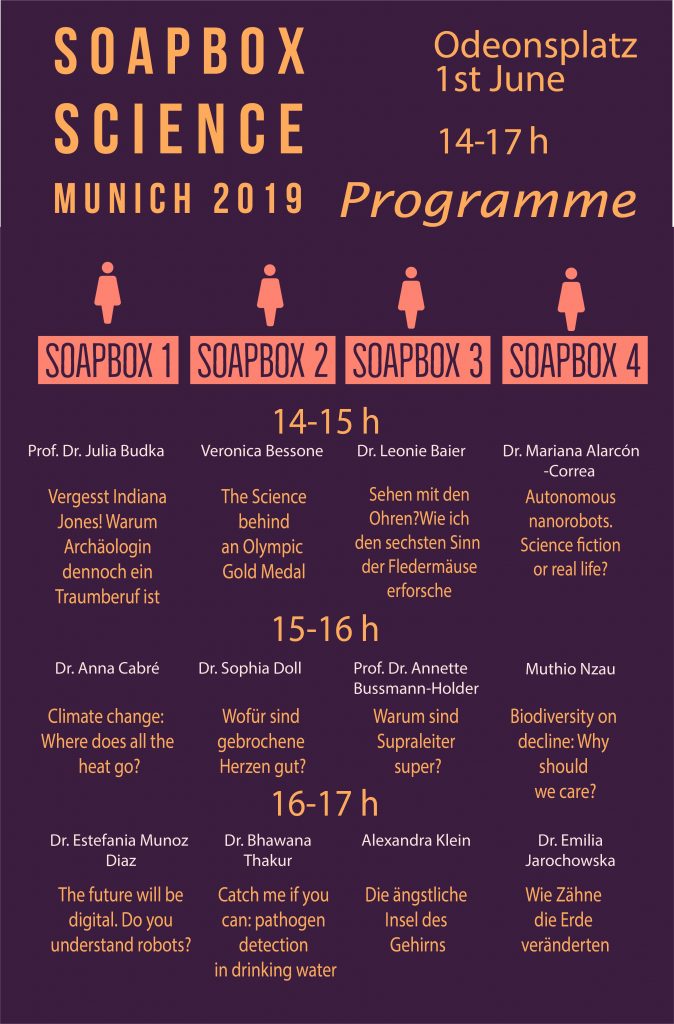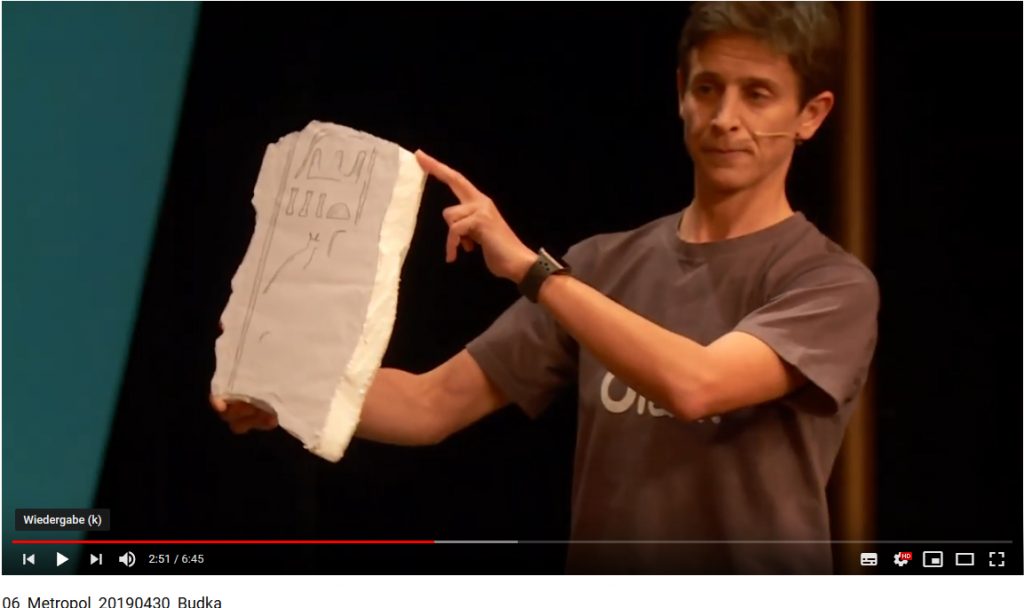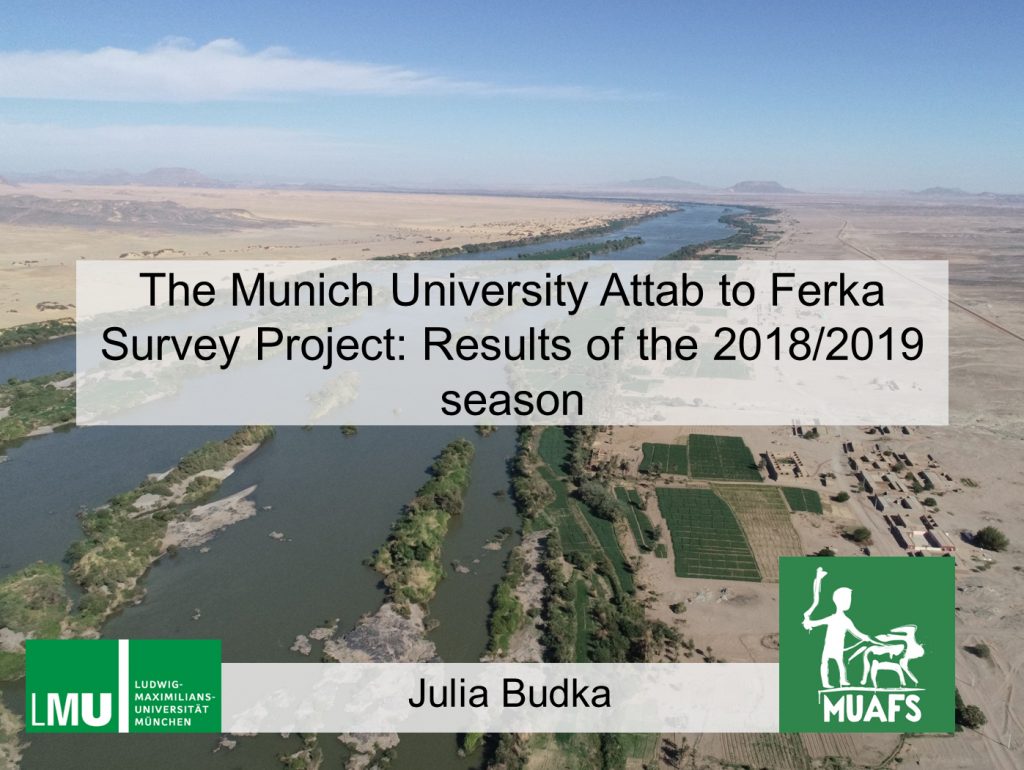You think of archaeology and the picture of Indiana Jones pops up? Well, there is much more to know about people like me digging old things up – just come to the Soapbox Science event in Munich this Saturday and get some first-hand information what real archaeologists do in Egypt and Sudan and why this is fascinating!

Soapbox Science is a public outreach platform aiming to promote women scientists and the science they do.
The main goal of Soapbox Science – in 2019 very active with 42 events planned across 13 countries! – is to bring cutting edge science conducted by females to the public, in an accessible, fun and non-intimidating way.
The Soapbox Science idea is to inspire all kinds of people, young and old, to recognize the value of science and especially the image that scientist come from every background and gender. Without a commitment to diversity, scientific excellence is not possible, but it is still a long way to go before we reach proper equal treatment of all scientists, independent of age, sex, gender, ethnicity or origin.
Looking much forward to the Munich Soapbox Science event, standing up for archaeology, women in science and diversity in science!



